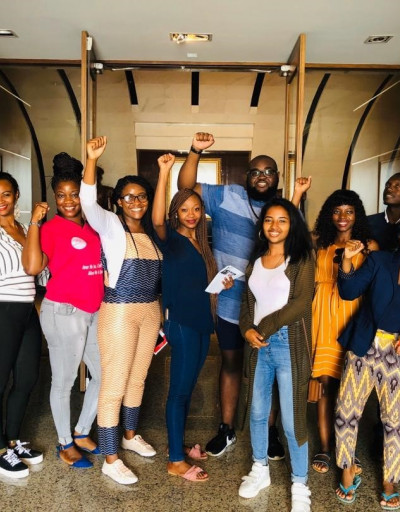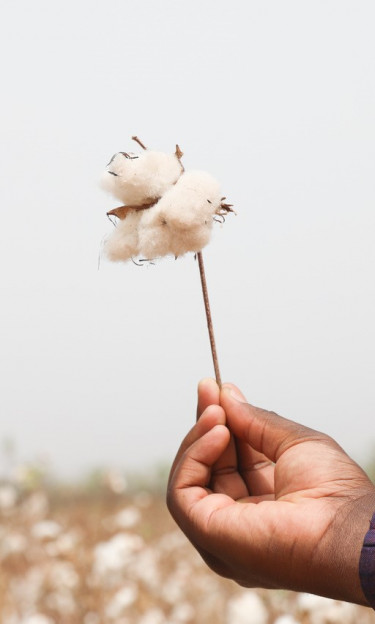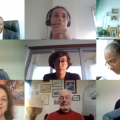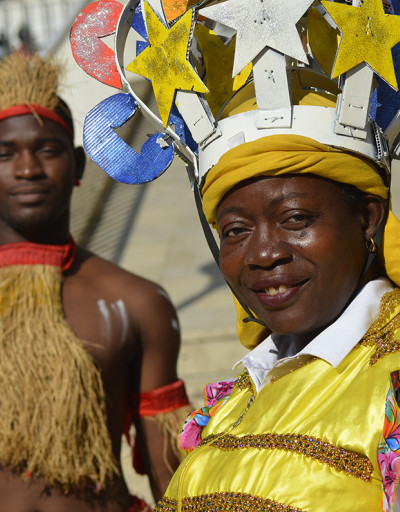
About the Biennale of Luanda
The Biennale of Luanda – “Pan-African Forum for the Culture of Peace” is a joint initiative of the United Nations Educational, Scientific and Cultural Organization (UNESCO), the African Union (AU) and the Government of Angola that aims to promote the prevention of violence and the resolution of conflicts, by encouraging cultural exchanges in Africa and dialogue between generations. As a space for reflection and dissemination of artistic works, ideas and best practices related to the culture of peace, it brings together representatives of governments, civil society, the artistic and scientific community, and international organizations. It participates in the implementation of the "Plan of Action for a Culture of Peace in Africa/Make Peace Happen" adopted in March 2013 in Luanda, Angola, during the Pan-African Forum "Sources and Resources for a Culture of Peace."
- Plan of Action for a Culture of Peace in Africa/Make Peace Happen
- Sources and Resources for a Culture of Peace.
The 2021 edition was held in a hybrid format!
The latest edition of the Biennale of Luanda was celebrated under the African Union's 2021 theme, "Arts, Culture and Heritage: Levers for Building the Africa We Want" in an hybrid format, mixing digital and presential events.
Read the concept note here
The tradition of "Sona" & the Linguali symbol
The sona are usually delineable shapes that can be drawn without lifting a finger or going over the same line twice.
These drawings are part of the Tchokwe oral tradition (the Tchokwe are a Bantu-speaking population of Central and Southern Africa, mainly present in the Democratic Republic of Congo and Angola). They serve primarily as mnemonics in storytelling. The sona are drawn by men. The boys learn to tell stories and draw sona as part of their initiation ritual. The Linguali - the "big or important bird" - symbol is part of this tradition and designates one of the most recognized sona in Angola.
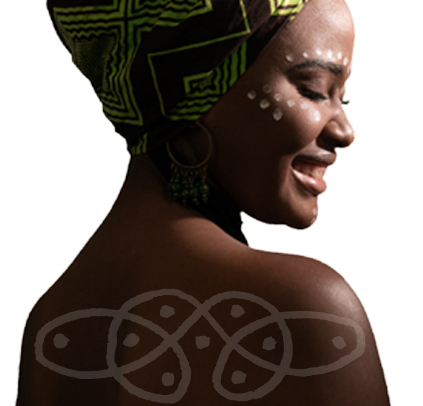
The Culture of Peace consists “of values, attitudes and behaviors that reflect and inspire social interaction and sharing based on the principles of freedom, justice and democracy, all human rights, tolerance and solidarity, that reject violence and endeavor to prevent conflicts by tackling their root causes to solve problems through dialogue and negotiation and that guarantee the full exercise of all rights and the means to participate fully in the development process of their society"
United Nations General Assembly (Resolution A/53/25) 1998
From Manifesto 2000 to the Biennale of Luanda
In 2000, a public awareness campaign was launched, based on Manifesto 2000, a personal commitment drafted by a group of Nobel Peace Prize laureates. This common pledge to observe and put into practice in daily life the universal principles of a culture of peace and non-violence was signed by over 75 million people worldwide.
Thirteen years later, for the Africa region, the call for the creation of a “continental and sustainable movement for peace” was included in the “Action plan for a culture of peace in Africa / Agissons for peace “. This plan was adopted at the end of the Pan-African Forum "Sources and Resources for a Culture of Peace" in Luanda, 2013. The objective of the forum was “to rely on the sources of inspiration and on the potential of the continent’s cultural, natural and human resources to identify avenues and concrete actions to build a lasting peace as the cornerstone of endogenous development and pan-Africanism.” In this context, the decision was taken to create a Biennale of the culture of peace.

President of the Scientific Committee
The aim of the Biennale of Luanda for the Culture of Peace in Africa is to work towards a daily and sustainable individual and collective appropriation and implementation, on the continent, of the concept of a culture of peace.
This initiative reinforces the implementation of Goals 16 and 17 of the United Nations 2030 Agenda for Sustainable Development and the 7 Aspirations of the African Union's Agenda 2063, in particular its "Silencing the Guns by 2033" initiative. The Biennale also contributes to the implementation of UNESCO's "Operational Strategy for Priority Africa (2014-2021)", aimed at providing African responses to the transformations affecting the continent's economies and societies.
- Operational Strategy for Priority Africa (2014-2021)
- The African Union's Agenda 2063
- United Nations 2030 Agenda for Sustainable Development

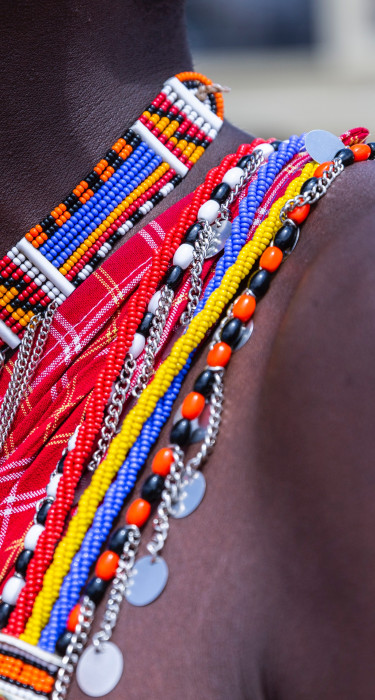
The first edition of the Biennale of Luanda, "Pan-African Forum for the Culture of Peace" was held from 18 to 22 September 2019 in Luanda, Angola. UNESCO, the African Union and the Angolan government jointly organised the five-day event, which was a celebration of various African values, beliefs, forms of spirituality, knowledge and traditions that contribute to the respect of human rights, cultural diversity, the rejection of violence and the development of democratic societies.
The Biennale was organised around five main axes: the Partners' Forum - Alliance for Africa, the Forum of Ideas, the Youth Forum, the Women's Forum and the Festival of Cultures. These axes created a platform for cultural diversity and African unity, and a space for sustainable and innovative partnerships for Africa's future. They aimed to disseminate good practices and solutions for conflict prevention and resolution in Africa.
- Adoption of a communiqué including a set of 28 recommendations
- Adoption of Commitment of the African Youth for the Culture of Peace including a set of 6 recommendations
- The signature of UNESCO-Angola agreement of 50 million USD for a Doctoral training programme.
